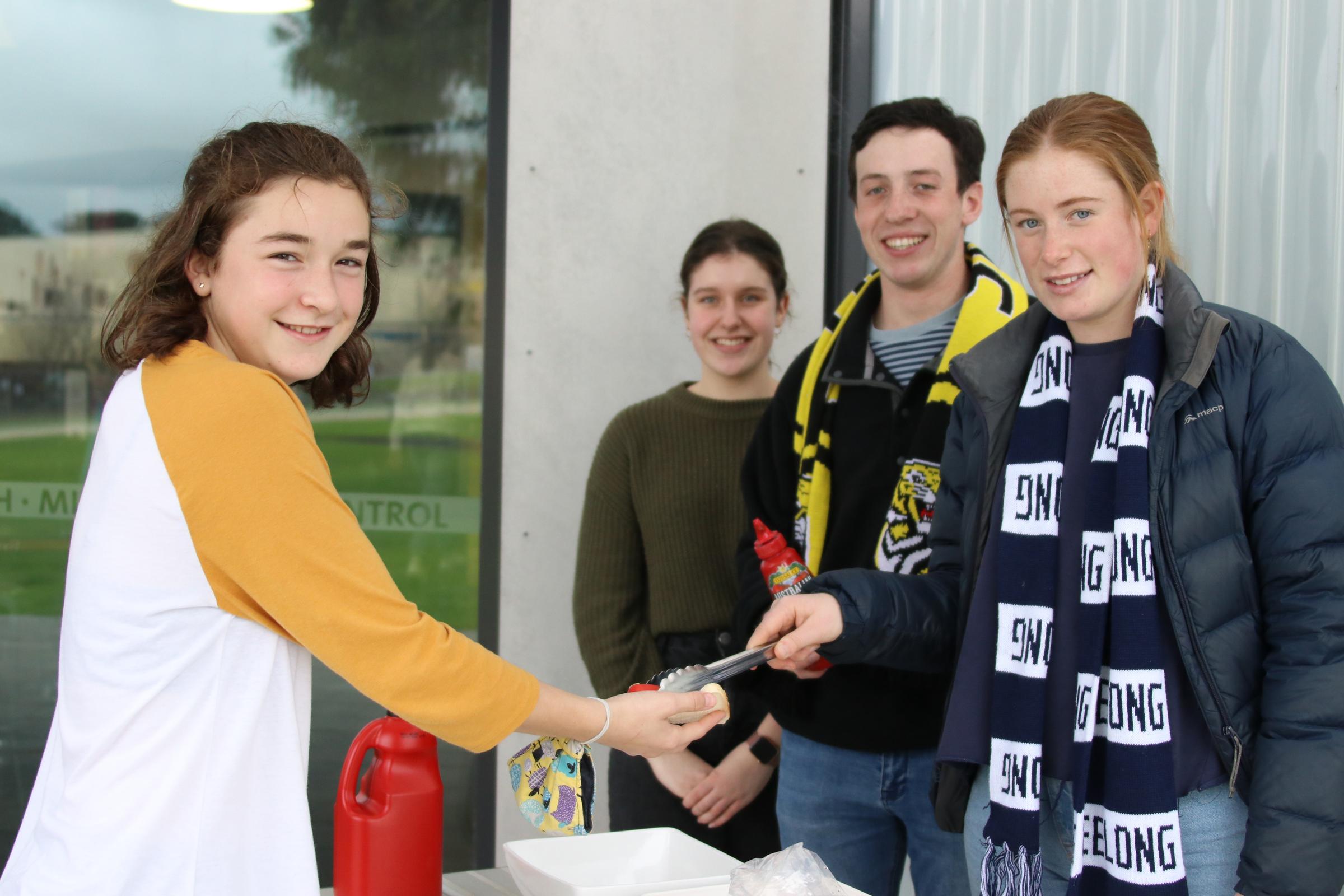Middle Years

The end of Term Two is upon us, and I hope it has been a good term for you and your family. Wishing you a great holiday and I encourage everyone to find the time to recharge. This week I reflected on students coming back to school after lockdown, and one of the nicest aspects was seeing students back with their friends. The first few days back at school was about resuming normal life and catching up with friends.
The Four Facts of Friendships
Friendships are central to our lives and are among the most important relationships we experience, in school and beyond. When teenagers face challenging friendship issues, their wellbeing and ability to learn is inhibited. In our Wellbeing lessons, we teach about friendships, we explain the skills required to build social- emotional intelligence. When friendship skills are explicitly taught, students learn how to manage the realities of their relationships and schools become a place of harmony and belonging.
So, how do we teach our students to have healthy relationships and successfully navigate inevitable friendship challenges? The answer: Focus on friendship skills.
There are four simple truths that allow our students to develop realistic expectations and feel successful in their friendships:
1. No friendship (or relationship) is perfect - Conflict is a normal and natural part of a friendship – and they can survive it. When teenagers face friendship fires, when they resolve conflict in a way that respects themselves and others, they are less likely to engage in unhealthy behaviours. Helping our students become conflict-resolvers, rather than conflict-avoiders, fundamentally helps develop a culture of kindness and respect.
2. Every friendship is different - This seems like common sense; however, teenagers often expect every friendship to operate in the same way. They need to understand that every friendship is different because every person is different. This means, what works with one friend may not work with another. Students need to understand that each friendship is unique and requires its own set of instructions.
3. Trust and respect are the two most important qualities of a friendship – these are the foundation of a strong friendship. When mistrust develops, the foundation starts to crack. Exploring what trust and respect looks like in action, helps teenagers identify the key ingredients of a healthy friendship. Ask ‘What does trust look like in a friendship? ‘What does respect look like?’
4. Friendships change… and that’s okay - Friendships are constantly evolving because people are always changing. Sometimes we change, learn and grow alongside our friends; sometimes we simply grow apart or friendships become unhealthy. Teenagers need to become comfortable with this natural ebb and flow of friendships and accept that some friendships may only last a brief time. They deserve strong healthy friendships and, as hard as it is, sometimes even the ‘best’ friendships change… and that’s okay.
Have a wonderful holiday, and I am looking forward to working with students and families to set the direction for a positive Semester Two.
Mrs Julia Winter Cooke
Head of Middle Years
